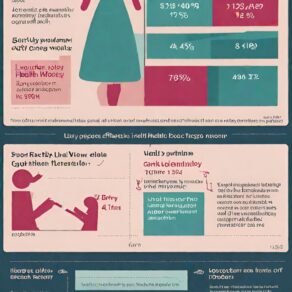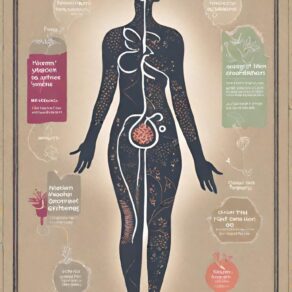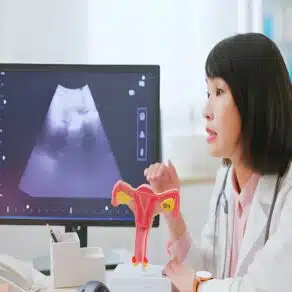Introduction:
In Texas, women’s health coverage encompasses a range of services aimed at supporting women’s health at different stages of life. This article aims to provide a comprehensive overview of what Texas women’s health coverage entails, including the services covered, how to access them, and the significance of prioritizing women’s health.
Table of Contents:
- Understanding Texas Women’s Health Coverage
- Services Covered under Texas Women’s Health Programs
- Accessing Women’s Health Services in Texas
- Importance of Women’s Health Coverage
Understanding Texas Women’s Health Coverage:
Texas offers diverse programs like Medicaid, CHIP, and Healthy Texas Women, addressing women’s health across ages, incomes, and needs, ensuring statewide access to vital healthcare services.
Services Covered under Texas Women’s Health Programs:
Women in Texas can access healthcare services through various avenues, including healthcare providers participating in Medicaid and CHIP, federally qualified health centers (FQHCs), and providers enrolled in the Healthy Texas Women program.
Accessing Women’s Health Services in Texas
- Research Programs: Identify women’s health programs available in Texas, such as the Texas Women’s Health Program (TWHP) or the Family Planning Program (FPP).
- Check Eligibility: Review eligibility criteria for the program you’re interested in, considering factors like residency, income, age, and insurance status.
- Find Providers: Locate healthcare providers participating in the chosen program. This could include community health centers, clinics, or private practices.
- Make an Appointment: Contact the provider to schedule an appointment for the services needed.
- Prepare Documentation: Gather necessary documents, such as proof of residency, income, and insurance status, as required by the program.
- Attend Appointment: Attend the scheduled appointment for the desired women’s health services, such as screenings, family planning, or counseling.
- Follow-Up and Maintenance: Follow any recommended follow-up care plans and schedule regular check-ups to maintain women’s health and well-being.
- Seek Assistance if Needed: If you encounter challenges or need assistance, reach out to the program administrators, healthcare providers, or social services agencies for support.
By following these steps, individuals can access essential women’s health services and support in Texas.
Importance of Women’s Health Coverage:
Ensuring access to comprehensive women’s health services is essential for promoting gender equity, reducing health disparities, and improving health outcomes for women across Texas. By prioritizing women’s health coverage, policymakers, healthcare providers, and advocates can contribute to a healthier and more equitable society.
Frequently Asked Questions (FAQs):
Services covered may include preventive care, family planning, reproductive health services, maternity care, cancer screenings, mental health services, and substance abuse treatment.
Women can access healthcare services through Medicaid, CHIP, the Healthy Texas Women program, federally qualified health centers (FQHCs), and specialized women’s health clinics.
To qualify for Texas women’s health coverage, individuals typically need to meet residency, income, age, citizenship or immigration status, and sometimes Medicaid eligibility requirements. Specific criteria can vary by program.
Women can seek assistance from healthcare providers, community organizations, and enrollment specialists to navigate the Texas women’s health system effectively and access the services they need.
Women encountering barriers to accessing healthcare services in Texas can reach out to advocacy organizations, patient assistance programs, and legal aid services for support and assistance in overcoming these barriers.
Understanding covered services, accessing them, and prioritizing women’s health empower Texan women to make informed healthcare choices and access essential resources for healthier lives.





